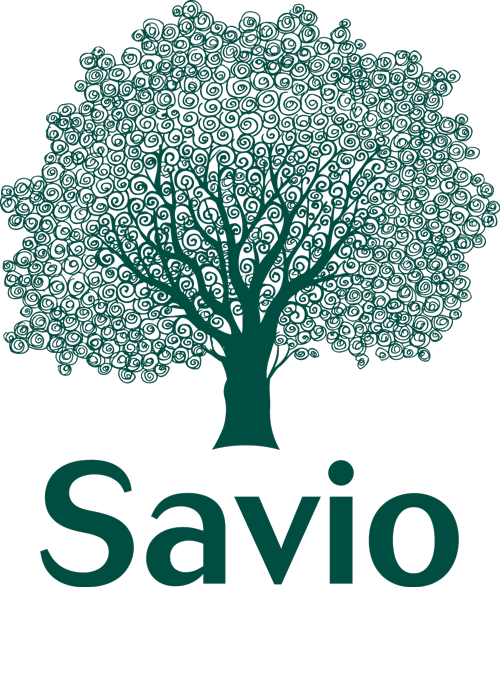Youth Behavioral Services: Marisol's Story
Youth Behavioral Services are dedicated toward older children and teens who are in need of compassionate care. These programs help kids and parents connect and create lasting change. Meet Marisol and her adoptive family as they explore how to guide her through struggles.
On Monday morning, the phone rang. It was school… again. Sixteen-year-old Marisol was in the office after getting into a fight with peers. The pattern was getting worse with her adoptive parents getting calls earlier and earlier in the week concerning her disruption at school. Marisol had already been on a long journey. After it was discovered that she was a victim of human trafficking, Marisol was removed from danger and then fostered and adopted by safe and loving parents, Ana and Marco. While this couple had two biological children of their own, having a big sister join their family made them complete. The transition was not without its challenges. Marisol had never known a healthy relationship dynamic with caregivers in her life and was clashing with authority both at home and at school. She refused Ana and Marco’s requests for help around the house and her angry emotions would elevate into yelling back at them during disagreements. The family knew that help was desperately needed to prevent Marisol from getting involved in the world of legal trouble.
Savio’s Youth Behavioral programs are designed to help system-involved or at-risk adolescents identify their struggles, establish coping skills, and move forward in life without the weight of shame from past mistakes. Meeting with their Savio therapist was a team effort; it soon became evident that each person in their family unit played a vital role in the healing process. Ana and Marco realized that they needed to be leaders for their kids to see what healthy responses look like when faced with frustration. They learned how to regulate their own emotions when they would arise and, in turn, would then help Marisol de-escalate and reach for her grounding tools. During her program, she was introduced to safe ways to manage anger, such as breathwork and redirecting energy towards productive activities—like doing household chores.
Before they knew it, Marisol started utilizing these routines all on her own. As their program came to an end, Ana and Marco overheard their youngest children in a yelling match with fears washing over them of old patterns re-emerging. As they rushed over to address the conflict, they discovered Marisol had already taken the lead in guiding her siblings with calming techniques she had learned. These once-overwhelmed parents warmed with a sense of hope that things would be better not just for their oldest child, but for every member of their family.
As discharged neared, Ana and Marco noticed that the phone calls from school were no longer expected. In fact, she was forging new friendships and performing better on homework and tests. When she’d run off the bus into the embrace of her family, Marisol would no longer argue about how she could help out. As their therapist finished their last session, both parents smiled with tears in their eyes and said, “Thank you for teaching us how to understand Marisol and encourage her to know she can control her emotions. We are so grateful for what this has done for our family.”

